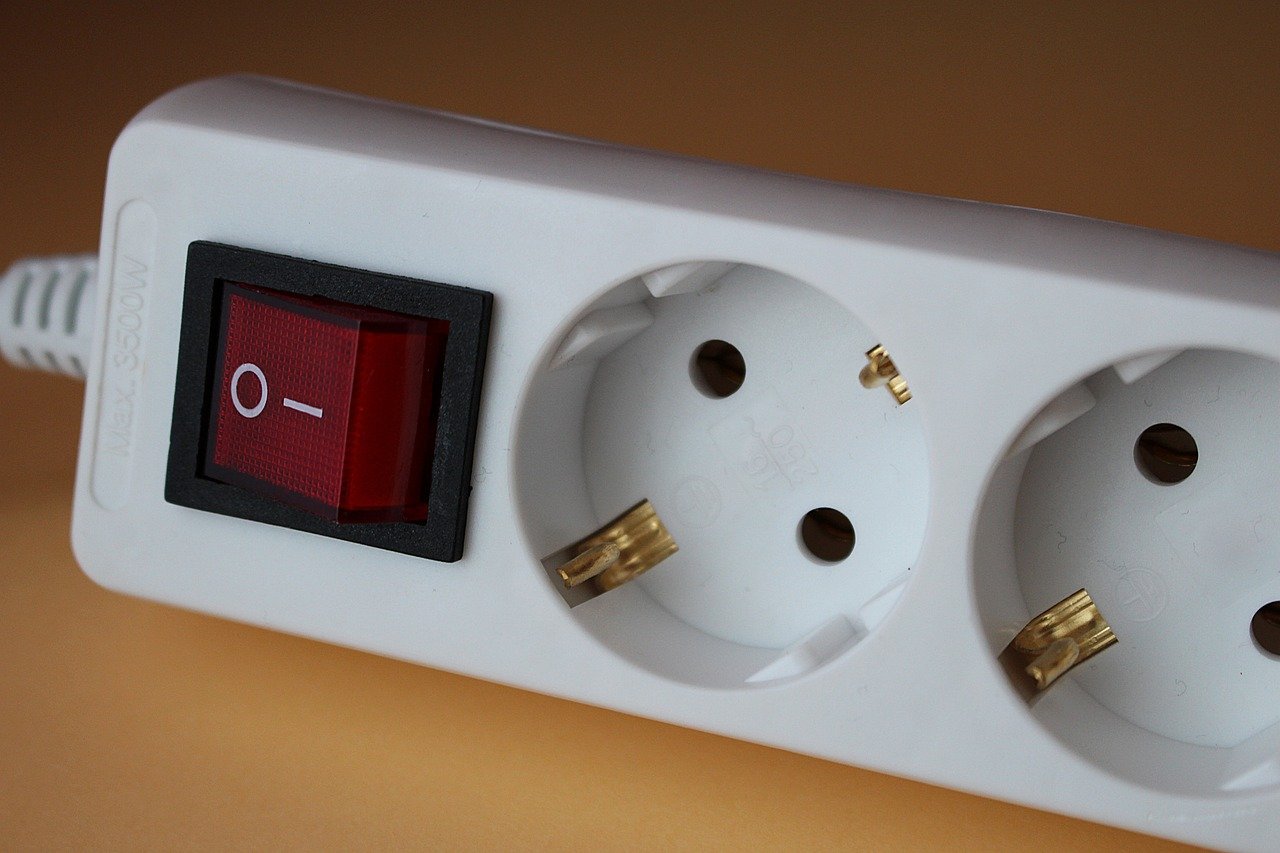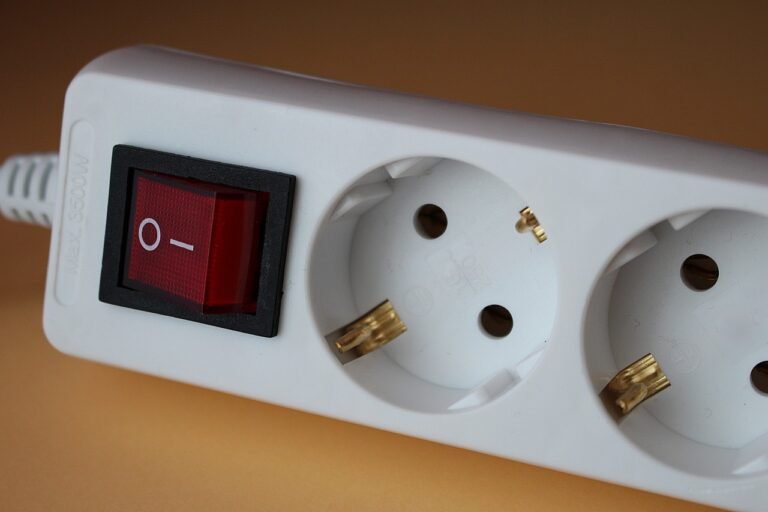Physical Address
304 North Cardinal St.
Dorchester Center, MA 02124
Physical Address
304 North Cardinal St.
Dorchester Center, MA 02124


As energy prices rise and the need for sustainability becomes ever more pressing, monitoring and reducing energy use at home is more important than ever. But how can you effectively track your consumption and make meaningful reductions? The process doesn’t have to be complicated or costly—it starts with a few practical, actionable steps that anyone, anywhere in the world, can take.
Tracking your energy use allows you to pinpoint inefficiencies and waste in your home. According to the International Energy Agency, residential electricity consumption accounts for roughly 30% of total energy use globally. Monitoring is the first step toward cutting back unnecessary usage, which can reduce your carbon footprint and save money. Beyond personal benefits, lowering energy consumption contributes to the global effort of mitigating climate change.
To get started, you’ll need tools that help monitor electricity usage. Smart plugs and energy monitors are great options, offering real-time data on how much power your devices consume. Devices like the Sense Energy Monitor or Emporia Vue Smart Home Energy Monitor can connect to your home’s electrical panel and provide detailed insights through an app. These tools allow you to identify which appliances use the most power and adjust their usage accordingly.
Smart meters are also becoming standard in many households worldwide. If your utility provider offers one, it’s worth setting it up to track your daily consumption. Additionally, apps such as JouleBug can gamify the process, encouraging you to adopt energy-saving habits.
For more detailed information on energy-monitoring devices, check out this resource from Energy.gov (opens in a new tab).
Switching to LED light bulbs can reduce electricity use significantly. LEDs use up to 75% less energy than traditional incandescent bulbs and last much longer, reducing waste. Turn off lights in unused rooms and consider motion sensors or timers to automate this habit.
Older appliances often consume more electricity than modern energy-efficient models. Look for devices with the ENERGY STAR certification, which indicates high efficiency. For example, replacing an old refrigerator with an ENERGY STAR model can save up to $200 on energy bills annually.
Heating and cooling systems are among the largest energy consumers in a home. Lowering your thermostat by just 1°C (2°F) in winter can reduce heating bills by up to 10%. Use programmable thermostats like the Nest Thermostat to automate energy-saving temperature adjustments.
Did you know that appliances and chargers consume electricity even when not in use? This is known as “phantom load” or “vampire energy.” Unplug devices when not in use, or use a power strip with a switch to cut off power entirely.
Maximize natural light during the day to reduce your dependence on artificial lighting. Rearrange your living space to take advantage of sunlight, and open blinds or curtains to let in natural warmth during colder months.
The Johnsons, a family of four in California, decided to monitor their energy use with a smart energy monitor. Within two weeks, they identified their old dryer as the biggest energy hog. After switching to line-drying clothes when possible and upgrading to an ENERGY STAR-certified model, they reduced their monthly energy bill by 15%. This simple change also saved them $300 over the course of a year.
Reducing energy consumption isn’t a one-time effort—it’s about creating habits that stick. Involve everyone in your household, and make energy-saving a shared goal. Keep track of your progress by reviewing your monthly energy bills, and celebrate milestones like hitting a 20% reduction in usage.
If you want to make an even greater impact, consider switching to renewable energy sources like solar panels. This long-term investment can drastically reduce your reliance on grid electricity. For inspiration, read this article from Solar Energy Industries Association (opens in a new tab) to learn how solar panels can work for your home.
What is the best way to monitor energy use?
Smart meters and energy monitors provide real-time insights. Pair these with apps for detailed tracking.
Are energy-efficient appliances worth the cost?
Yes, the initial investment pays off through lower energy bills and reduced maintenance costs over time.
How much energy can I save by unplugging devices?
Unplugging or using a smart power strip can save up to 10% on your annual electricity costs.
Monitoring and reducing your energy use doesn’t require drastic changes—it’s about making smarter choices every day. By tracking your consumption, upgrading to efficient appliances, and adopting energy-saving habits, you can significantly cut costs and contribute to a healthier planet.
Have you started monitoring your energy use at home? What are your favorite tips for saving electricity? Share your experiences with us—we’d love to hear them!